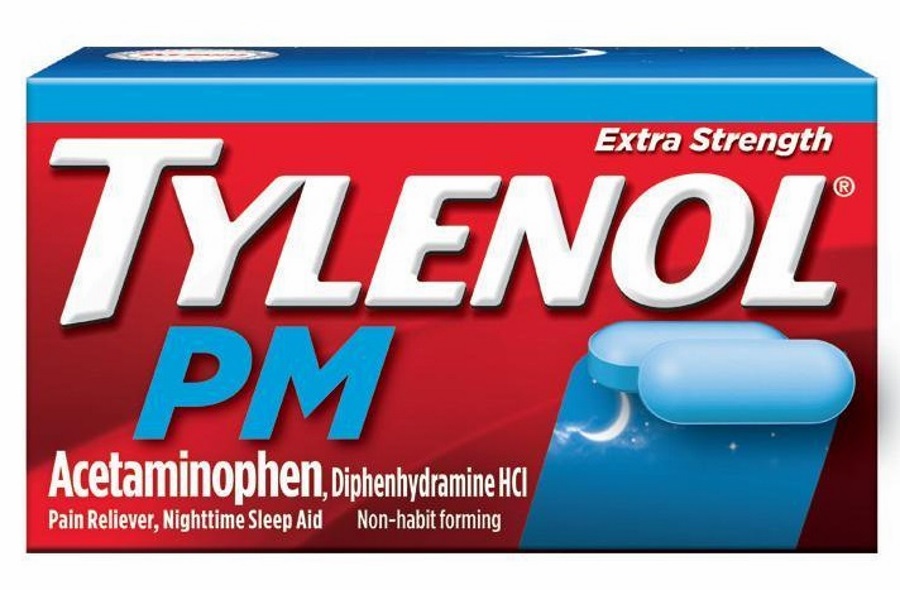It seems that there is no way of stopping the opioid crisis after years of fighting against it. And if it was the case, we are probably a little bit longer from discovering it.
American researchers have suggested that there are other options doctors can give in emergency rooms when patients are struggling with high levels of pain. At the end of it, it still produces the same effects. According to the study published Tuesday in the Journal of the American Medical Association, the second choice would be over-the-counter painkillers, which are known for being free from opioids.
Just a few months ago, a couple of friends from childhood died the same morning after consuming a cocktail of opioid and drugs. Even the US President Donald Trump declared on October 26 a nationwide public health emergency due to the opioid epidemic — the same day that the drug company founder and CEO John Kapoor, one of Arizona’s wealthiest man, was arrested and accused of bribing doctors to prescribe a powerful and deadly opioid-based medicine.
Every day, there are more cases of dead people related to opioid-ingesting. The US National Institutes of Health released an article on its website saying that “more than 90 Americans die after overdosing on opioids” per day.

Doctors are still using the opioids in ERs because they’re indeed very effective — although there’s a high, deadly risk if they are not adequately consumed. However, this study might throw experts light on new practices that discard anything made with opioids. It would be a considerable advance knowing the secondary effects that these substances can produce in consumers — like addiction, misuse, and overdose.
‘No important difference’ between opioid and non-opioid medicines
Researchers gave both opioid-based and non-opioid medication to ER patients suffering from heavy pains in the acute shoulder, arm, hip, or leg. The results were impressive.
Researchers analyzed three treatments with opioids and one with over-the-counter, non-opioid painkillers; they concluded that there were “no statistically significant or clinically important differences in pain reduction at 2 hours” between the three treatments based on opioid and the fourth option. What the researchers at the Albany Medical College and Albert Einstein College of Medicine in New York found was, in other words: all of them are basically the same.
However, some researchers feel people will begin misunderstanding this study.
According to Andrew Chang, the lead author of the research, people might start over-fixing the opioid crisis by applying hard restrictions or not accepting them when they’re in need.
“I do also worry that we might be swinging the pendulum too far in the other direction,” Chang wrote in an email directed to Vox. “And I hope we don’t end up creating arbitrary regulatory restrictions that prevent patients who appropriately need opioids from receiving opioids.”
Although Chang believes opioids might be sometimes necessary, he hopes this study could generate a decrease in opioid usage without inflicting harm.
All the patients reduced almost equally their levels of pain
Researchers gathered a total of 400 patients attending the Montefiore Medical Center in Bronx, New York. They reached the center feeling an immense acute pain due to bone fractures, dislocated shoulders, sprained ankles, and other injuries or conditions.

Those 400 patients were separated into four different groups before the doctors supplied them with four different formulas to treat their pain. Three of them contained opioids, except the last one.
The first opioid group was given with 5 mg of oxycodone and 325 mg of acetaminophen. The second with 5 mg of hydrocodone and 300 mg of acetaminophen, and the last one with 30 mg of codeine and 300 mg of acetaminophen.
On the other hand, the only non-opioid group got 400 mg of ibuprofen and 1,000 mg of acetaminophen — two over-the-counter medicines known in the market as Advil and Tylenol, respectively.
Before the doctors gave the patients the medicines, all of them said they felt an average pain of 8.7 out of ten. When one to two hours had passed after consuming the drug, all of them reported their pain had decreased almost equally. Researchers felt impressed when they saw there weren’t high differences among them.
As written in the study, the first opioid group said — on average — that the pain had decreased from 8.7 to 4.4. The second, 3.5. The third, 3.9. The last and unique non-opioid group reported the pain had decreased to 4.3 — very similar to the other three.
“Some (not all) physicians reflexively think fractures require opioids, but this study lends evidence that opioids are not always necessary even in the presence of fractures,” Chang said before stressing that there are cases where opioids are indeed the best option.
There’s still a lot of research to be done, but scientists believe this one can help them to further investigations.
Source: Journal of the American Medical Association
